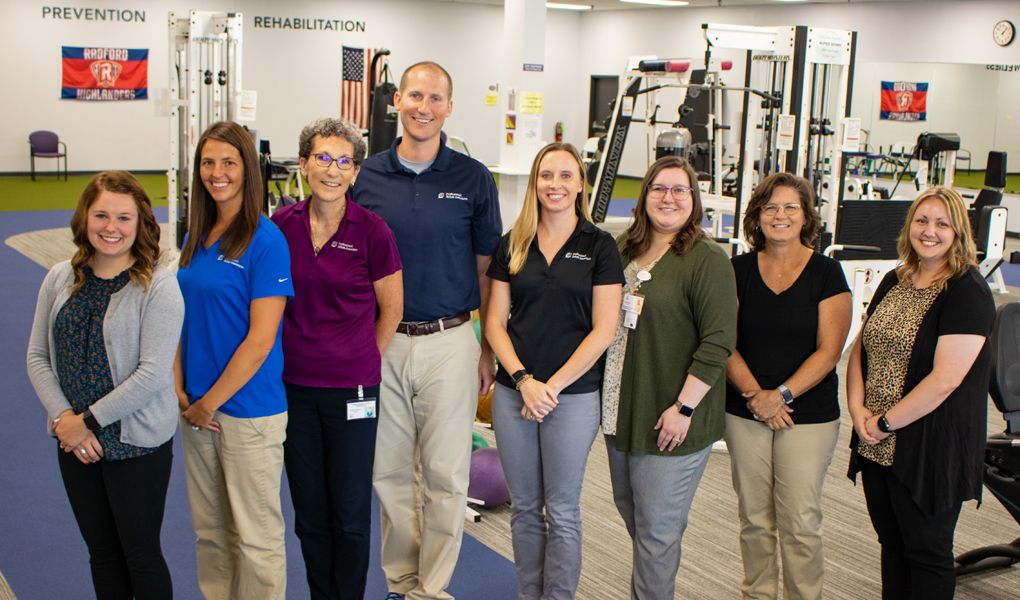Advancing Restoration Through Individualized Exercise Protocols in Rehabilitation Settings
Wiki Article
Rehabilitation is an essential process for individuals who have undergone injuries, or other medical conditions. Rehabilitation programs play a vital role in assisting these individuals to regain their resilience, enhance movement, and reintegrate to their daily activities. Tailored fitness planning is a key component of successful rehabilitation. This means that workouts are specifically designed to address the unique requirements of each individual. By focusing on targeted therapy programs, recovery programs can accelerate healing and promote improved health results.
One of the initial stages in developing a tailored fitness plan is evaluating the patient’s status. Healthcare professionals conduct assessments to determine the particular restrictions and capabilities of each person. This might include functional assessments, conversations about medical history, and goals for rehabilitation. For example, an athlete rehabilitating from a knee condition may have distinct requirements than an elderly individual healing from joint surgery. By acknowledging these differences, practitioners can design an exercise regimen that addresses the specific factors of each situation.

Incorporating multiple types of workouts is essential for successful recovery. Strength work , flexibility exercises, and cardiovascular exercises all play important functions in recovery. Strength exercise helps rebuild muscle strength and improve stamina, which is especially critical after extended periods of sedentary time. Mobility movements enhance joint mobility and prevent rigidity in articulations. Cardiovascular activities, like brisk walking or cycling, boost overall conditioning and promote cardiac health. A comprehensive exercise program that includes all these components can significantly their explanation assist in the rehabilitation process.
Monitoring advancement is another essential aspect of recovery programs with customized exercise prescriptions. As patients participate in their customized routines, medical practitioners observe improvements and implement necessary adjustments to the program. This ongoing assessment ensures that the exercises remain beneficial and suitable as the individual progresses. Setting defined milestones can also encourage individuals during their recovery process. Reaching incremental goals boosts confidence and encourages persistence in adhering with the recovery program.
Ultimately, improving rehabilitation through personalized fitness planning demands partnership between healthcare providers and patients undergoing rehabilitation. Open communication is essential to recognizing how each individual responds throughout their recovery journey. By working together, both parties can address any obstacles and treatment for tendinitis in physical therapy acknowledge successes along the way. Tailored exercise plans not only help individuals recover physically but also add to their emotional wellness by instilling a sense of accomplishment and self-reliance as they progress towards their health goals.